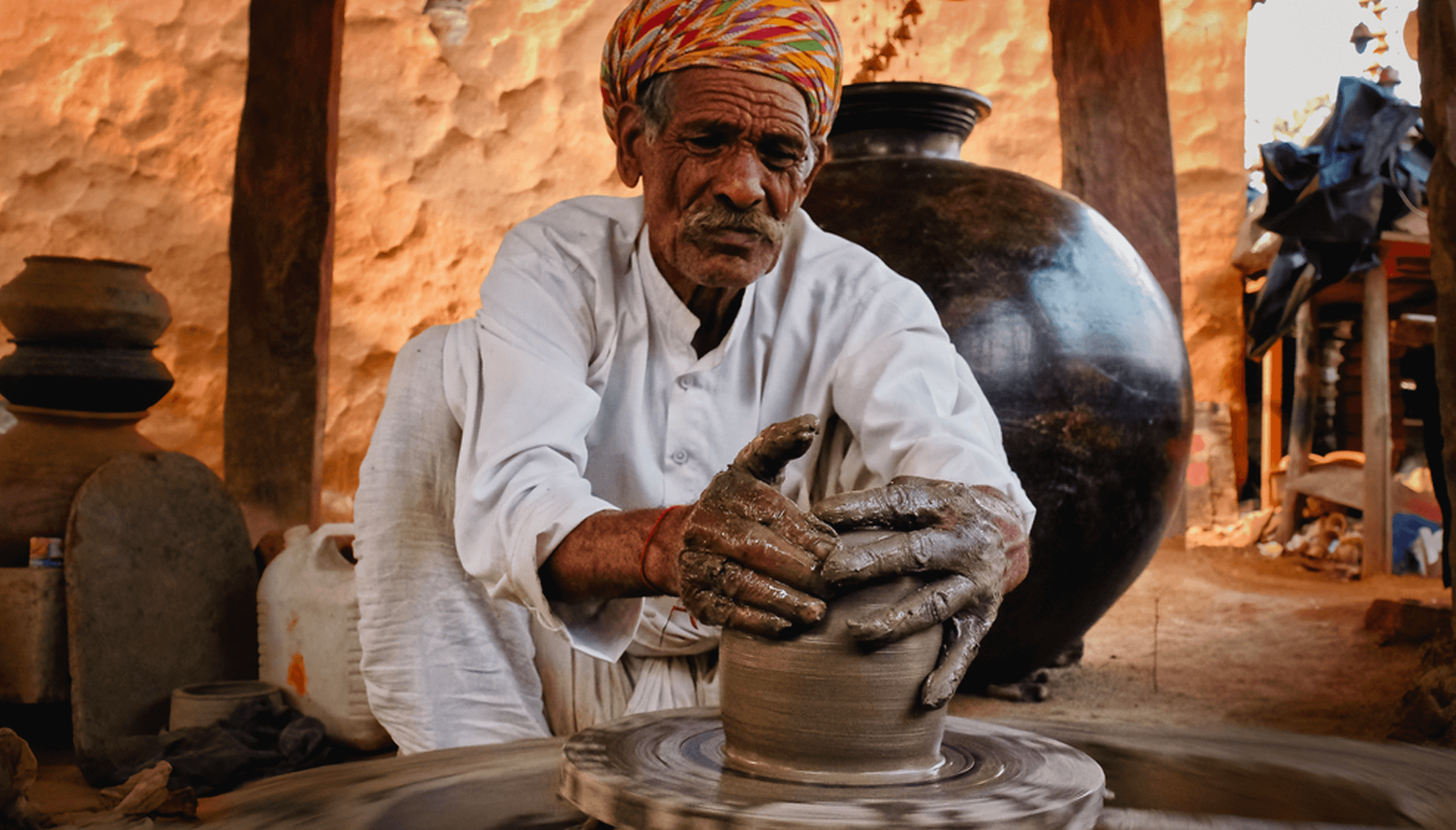The Culture of Indian Craft

There are oceans churning behind the idea of ‘culture’. Culture is a bridge — between beliefs and systems that entwine us. It is part of us in ways we cannot separate from ourselves; in an heirloom saree wrapped between layers of tissue, in a half-forgotten song hummed during a humdrum day, in a habit picked up from watching one’s parents.
India crafts and traditions reflect a tradition that is wholly unique, but this is partly from the richness they have gained from multiple influences. An interesting example of such an influence is available in indigenous tie-and-dye techniques which have existed for centuries but also recently gained from meeting with other methods. A Japanese style of dyeing, Shibori, has been adopted, and adapted across India, to great success. Resist dyeing is available in many forms across the world, but where indigenous Indian tie-dye meets Shibori, magic happens!
Earlier on in our history, Persian motifs travelled to India — adorning frescoes and shawls alike. Turkish Kilim histories weave through the warp and weft of hand knotted Indian rugs. Equally, India’s contribution to the world has been immense, with unparalleled craftsmanship from India making its way through the world across centuries of civilisation. Indian handicraft is as old as time, and has given of itself to other traditions even as it has evolved with newer influences.
The Indian bazaar has been the heart of this assimilation. It has been a confluence of culture, a melting pot of traditions, and a place to reinvent the beauty of craft. Ideas and exchanges have taken place in haats with traders from far and wide, and the world of handicraft is the richer for it. Rebuilding the concept of this bazaar, newer models to deploy this culture are now taking root. Our platform is one such avenue. Here, you’ll find Indian crafts that have contributed to a rich history of the world, and crafts that have gained from an exchange with traditions from all over. In a world full of anger and hate, beauty is a solace. Finding joy in the meeting of minds and traditions becomes more important than ever. Because ultimately, “vasudhaiva kutumbakam” — we live in a large, global family, with ideas replete with beauty and ephemera filled with hope.
It is a mingling of oceans, this ‘culture’ of ours. At a time when we link the relevance of the past to our hopes for the future, it becomes more necessary than ever to recognise that culture is the result of years and years of assimilation and adaptation. We immerse ourselves in the sameness of our differences, and emerge whole.













